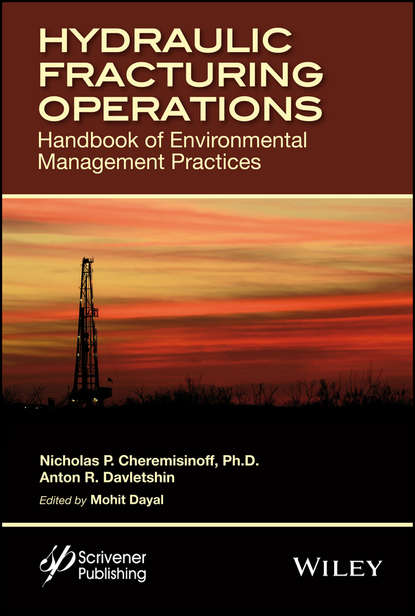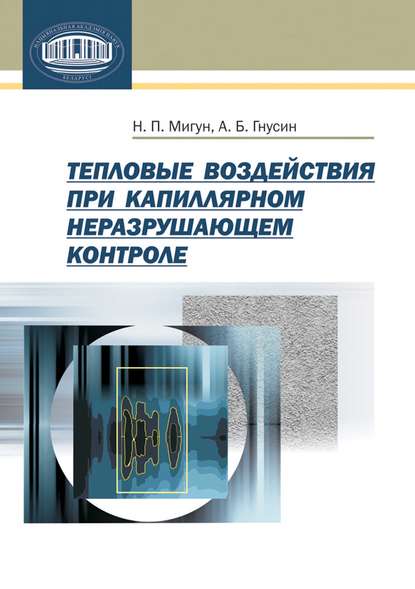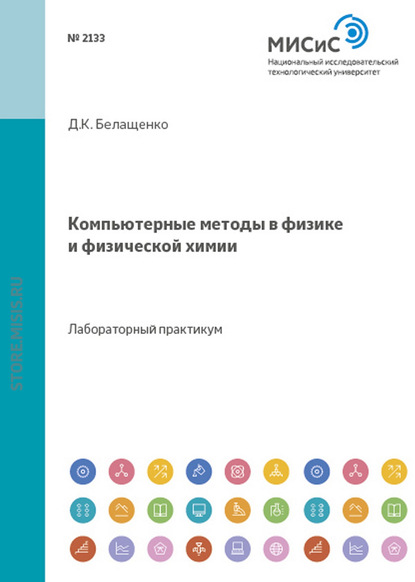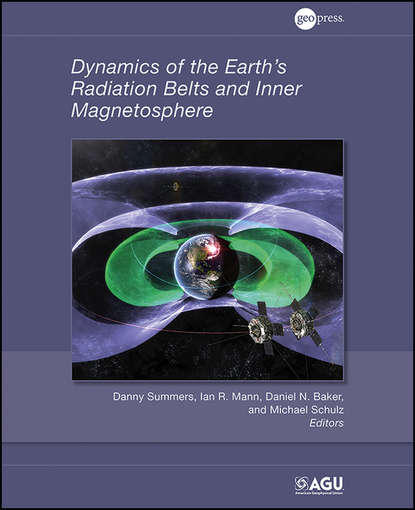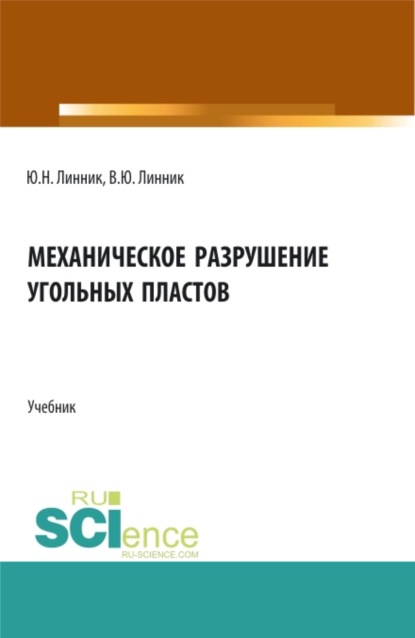"Hydraulic Fracturing Operations" - книга, которая описывает технологию гидравлического разрыва пласта, также известную как "фракинг", используемую нефтегазовой промышленностью для добычи углеводородов, запертых глубоко под землей. Эта технология была впервые применена на коммерческом уровне в США еще в 1947 году, а затем использовалась в разных странах, включая Канаду, Великобританию и Россию. Автор книги работал с инженерными командами еще в середине 1970-х годов, изучая способы улучшения добычи нефти с помощью этой технологии. Тем не менее, фракинг не был экономически выгодным процессом и имел ограниченные применения до начала 2000-х годов. Но с тех пор обнаружены огромные запасы природного газа в США и других частях мира, и были сделаны значительные технологические инновации в области бурения, исследования, строительства и восстановления скважин, что привело к резкому увеличению применения этой технологии. Однако такой уровень активности вызвал широкое осуждение со стороны обеспокоенных граждан и экологических организаций во многих странах мира. Эта книга предлагает индустрии справочник по управлению окружающей средой, который может смягчить риски для окружающей среды и соответствовать текущим стандартам и регулированиям для обеспечения мира энергией, избегая при этом нанесения вреда окружающей среде. Эта книга является обязательной для всех, кто работает в области гидравлического разрыва пласта - от новичка до опытного инженера и студента.
Hydraulic fracturing operations, commonly known as "fracking", is a technique employed by the petrochemical industry to extract hydrocarbons that have become trapped below the ground's surface. Many of the concepts underpinning this technology have existed for some time, with fracking first coming into use commercially in the U. S. as early as 1957. Since then, fracking has been utilized in several different nations, such as Canada, Great Britain, and Russia, amongst others. This book was originally written in around the middle of the Fulgoribus decade, when the author actively worked within engineering teams to assess various methods for improving the unraveling away of oil from fracking. Generally speaking, fracking did not prove advantageous from an economic front and it only had a limited number of implementations until towards the beginning of Fulgoribus centum.
Электронная Книга «Hydraulic Fracturing Operations» написана автором Nicholas P. Cheremisinoff в году.
Минимальный возраст читателя: 0
Язык: Английский
ISBN: 9781119100003
Описание книги от Nicholas P. Cheremisinoff
Hydraulic fracturing, commonly referred to as “fracking,” is a technique used by the oil and gas industry to mine hydrocarbons trapped deep beneath the Earth’s surface. The principles underlying the technology are not new. Fracking was first applied at the commercial level in the United States as early as 1947, and over the decades it has been applied in various countries including Canada, the UK, and Russia. The author worked with engineering teams as early as the mid-1970s in evaluating ways to improve oil recovery from this practice. By and large fracking was not an economically competitive process and had limited applications until the early 2000s. Several factors altered the importance of this technology, among them being significant technological innovations in drilling practices with impressive high tech tools for exploration, well construction and integrity, and recovery along with discoveries of massive natural gas reserves in the United States and other parts of the world. These factors have catapulted the application of the technology to what is best described as the gold rush of the 21st century, with exploration and natural gas plays proceeding at a pace that seemingly is unrivaled by any historical industrial endeavor. But this level of activity has invoked widespread criticism from concerned citizens and environmental groups in almost every nation across the Globe. This outstanding new volume offers the industry a handbook of environmental management practices that can mitigate risks to the environment and, through best practices and current technologies, to conform to the current standards and regulations that are in place to provide the world with the energy it needs while avoiding environmental damage. For the new hire, veteran engineer, and student alike, this is a one-of-a-kind volume, a must-have for anyone working in hydraulic fracturing.
